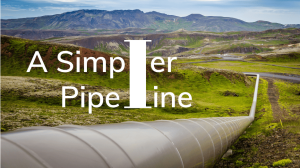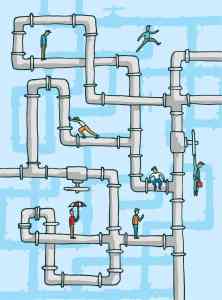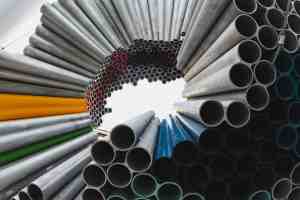I just came out of a meeting where we looked at the analytics for the usage of LDHR.org. Overall, the statistics were quite promising, but I also came away a little unsettled. I was encouraged that Leadership Selection was a page that received one of the highest numbers of unique and total visits. But at the same time, one of the pages with the least number of visits is the Leadership Pipeline Process (LPP). These stats, along with Andrea’s sharing on the recent Staff Life Cycle survey results, where the five lowest scores were all in the Leadership Pipeline section, cause concern about the sustainability of our movement over time.
The Leadership Pipeline Process consists of four important steps:
- Identify your leadership needs.
- Assess your potential leaders.
- Develop leaders for future deployment.
- Select and Deploy new leaders for the movement.
The first three steps should be part of a regular annual cycle. They are covered in the LDHR.org Leadership Pipeline Process area. Step 4 is a process implemented based on the current need for new leaders. That step is covered in the LDHR.org Leadership Selection and Leader Transition areas.
The analytics indicate that when we feel the urgency of appointing a new leader, we scramble to meet that need with the Leadership Selection process. Unfortunately, because the annual cycle of the first three steps is often neglected or not fully implemented, we do not have a “pool” of potential leaders ready for deployment to meet our leadership needs. This is why Andrea says that the Leadership Pipeline Process (LPP) is an area that needs the greatest attention.
- Why is the implementation of the LPP so difficult?
- What needs to be done to improve your implementation of the LPP?
Please share your thoughts and your experience of using the LPP.










4人评论了“What’s wrong with the Leadership Pipeline Process?”
I’m rather hoping the new “LPP Lite” will help with some of this!
https://www.ldhr.org/a-simpler-pipeline/
Thanks Dennis.
Often, we do not connect our Strategic plans with the implications for the number or kinds of leaders needed for strategic expansion or replacement. The LPP is not for its own sake; it is to help us develop the number and kinds of leaders needed for the mission in our movement, whether national or global.
Thanks so much, Bob for your reply! I’d love to hear more about how your Deep Waters ministry works with the LPP. We are always looking for best practices that help make the LPP more effective!
Some Namestan countries have been integrating the Deep Waters ministry as a component of their LPP as a special year to build up and into specific senior staff for the kind of sustainability and competency desired in their staff leadership. The Deep Waters Network champions contribute to the planning and execution of the year long cycle of intentional growth. For more information write bob.otten@cru.org 或者 deep.waters@silkmail.org.